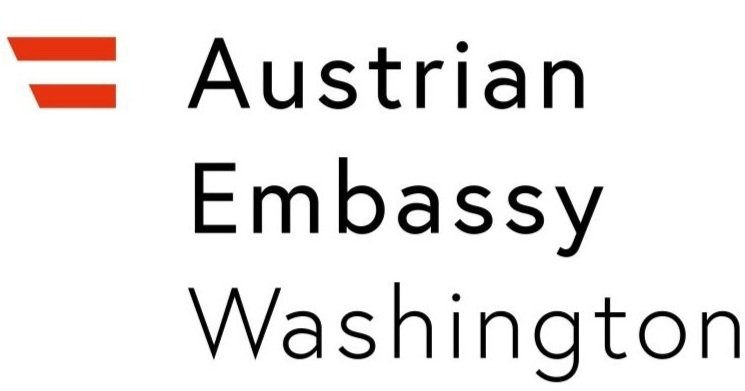Economic Globalization
Good business is in demand.
Austria’s export rate is considerably above the EU average (2020)
As a small, open economy, Austria has been especially strongly affected by the globalization phenomenon. The increasing integration and liberalization of international markets had a profound impact on its development. As a consequence, the export rate (goods and services) rose strongly from 33.5% (1995) to 51.4% (2020) and is now considerably above the EU average of 46.7%. Per capita, goods and services amounting to €21 880 were exported.
The import rate also increased significantly from 34.7% to 48.6% (EU-27: 42.9%) during the same period. Direct investments are also an important indicator of globalization. By the end of 2020, Austrian enterprises held direct investments in foreign countries at a nominal value of €194 billion, €64 billion of which is invested in Central, Eastern and South-eastern Austrian foreign trade is a driving motor of the domestic economy.
In 2020 (final results), products valued at €144.4 billion were imported, and products valued at €142.6 billion were exported. In 2020, foreign trade decreased regarding imports (-8.5%) and exports (-7.1%). Austria achieved a negative trade balance of €1.9 billion.
Austria’s top foreign trade partner is and remains Germany. 35.0% of all imported products (€50.5 billion) came from Germany and almost a third (30.5%) of all products exported from Austria (€43.4 billion) were sent to Germany. Other major EU-trading partners were Italy, the Czech Republic and Poland. The main products traded in both directions included road vehicles as well as medical and pharmaceutical products.
Machinery and motor vehicles are the top exports
Foreign trade with the Middle and Eastern European countries represented an important market for Austrian products but de-creased in 2020. Products amounting to €23.8 billion were imported from and €27.6 billion were exported to these countries. The most important overseas market in 2020 were the United States. Goods totaling €9.3 billion in value were exported to the United States (-9.2%).
Machinery and motor vehicles are the top exports. Austrian car parts suppliers and engine manufacturers were the leaders among the exporters. In 2020, motor cars and other motor vehicles with a merchandise value totaling €6.2 billion were exported all over the world. The main markets were Germany, the United States, the United Kingdom, Belgium and the Czech Republic.
Other important articles exported by Austrian enterprises were medical and pharmaceutical products, medications as well as manufactures of base metal.
Petroleum and petroleum products with a total value of € 4.9 billion were imported in 2020
As far as the import side is concerned, Austria mainly imported motor cars and other motor vehicles, medicinal and pharmaceutical products as well as parts and accessories of motor vehicles, medications and telecommunications equipment. In 2020, petroleum and petroleum products with a total value of € 4.9 billion were imported. Compared to the year 2019, the statistical value of the imported petroleum and petroleum products decreased essentially (-37.9%) whereas net mass dropped by 9.7%.
In addition to Kazakhstan, the principle suppliers of the domestic crude oil market were Iraq, the Russian Federation, Algeria and Libya. In 2020, €2 billion in value of gas was imported.
Concerning Austria, China is a major exporter of telecommunications, made-up articles as well as electrical machinery and apparatus.
Bananas came from Ecuador, Columbia, Costa Rica and Peru; un roasted coffee came from Brazil, Vietnam and Honduras; roasted coffee came from Germany and Switzerland.


